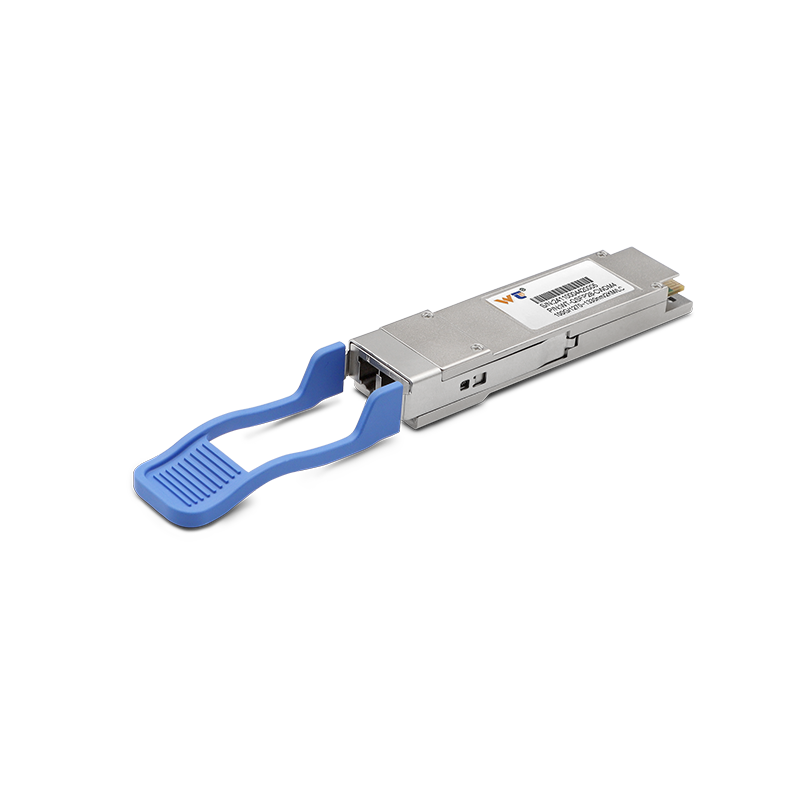The optical module industry is experiencing significant advancements, particularly in the application of 100G optical modules in rail transit systems. In 2025, we will see an increased demand for seamless interoperability among multiple devices across various transportation networks. This evolution emphasizes the necessity for high-speed and reliable data transfer solutions that can handle extensive connectivity requirements in rail systems.
The market for optical modules is evolving rapidly as technology advances. In this context, the global demand for high-capacity data transmission is driven by the exponential growth of data traffic. According to market research, the optical module market is projected to grow at a CAGR of 17.5% from 2022 to 2027, reaching $35 billion. The future is bright for optical modules, particularly as rail transit systems integrate smart technologies. This integration enhances operational efficiency, safety, and passenger comfort, highlighting the critical role of optical modules in supporting high-bandwidth applications while connecting various devices seamlessly.
To visualize the advancements in optical modules, the following table presents the core technologies and their purposes:
| Technology | Data Rate | Application | Features |
|---|---|---|---|
| 1G/10G Module | 1-10 Gbps | Basic communication | Cost-effective, low power consumption |
| 25G/40G Module | 25-40 Gbps | Intermediate connectivity | High-performance, suited for networks |
| 100G Module | 100 Gbps | High-capacity systems | Ultra-fast data transfer, low latency |
| 400G/800G/1.6T | 400 Gbps+ | Data centers, long-haul | Extremely high bandwidth, scalable design |
Our optical modules are rigorously developed for multiple applications, particularly in rail transit. The research and development efforts undertaken have focused on ensuring robustness, scalability, and interoperability. For instance, our 100G optical modules enable real-time data processing and communications between train vehicles and track infrastructure. This technology enhances safety features like automatic train control and collision avoidance. Furthermore, our high-speed wireless communication solutions reduce latency, which is crucial for operations in dense urban environments where precise timing is vital.
The application of these modules extends beyond basic transport functionalities. For instance, in incident management, our optical modules facilitate prompt information sharing, leading to improved response times in emergencies. In a progressive rail system, various components, including sensors and signal systems, must exchange vast amounts of data seamlessly. Our optical modules ensure high reliability and reduced downtime, ultimately enhancing the overall performance of the rail operations.
In 2025, the landscape of optical modules will witness various technologies playing pivotal roles in networking scenarios. Technologies such as Dense Wavelength Division Multiplexing (DWDM) and Coarse Wavelength Division Multiplexing (CWDM) are essential for optimizing bandwidth in rail systems. These technologies significantly increase the capacity of optical fibers by allowing multiple data channels to transmit simultaneously through different wavelengths. The demand for such innovations will proliferate as cities invest in smarter transit solutions that can support evolving urban infrastructures.
Furthermore, case studies from rail networks worldwide highlight innovative applications of optical modules. For example, integration with Internet of Things (IoT) devices enables real-time monitoring of train conditions, facilitating predictive maintenance strategies. The success stories from these implementations demonstrate a clear trajectory toward automated and interconnected rail systems. As data traffic increases, the role of optical modules will become more critical in ensuring reliable, fast, and efficient connectivity throughout the rail transit ecosystem.
To meet this growing demand, our website showcases a wide range of optical module products that have undergone strict quality testing, ensuring optimal performance in diverse applications. Whether for high-speed data transfer or long-distance communication, our optical modules are engineered to meet the exacting standards required for modern rail transit systems.
In conclusion, the integration of 100G optical modules into rail transit systems is transforming the industry. As we approach 2025, the push for high-speed, reliable connectivity will redefine transportation networks, making them smarter, safer, and more efficient. Our commitment to providing top-tier optical solutions ensures that clients remain at the forefront of technological advancements in the rail transit space.






